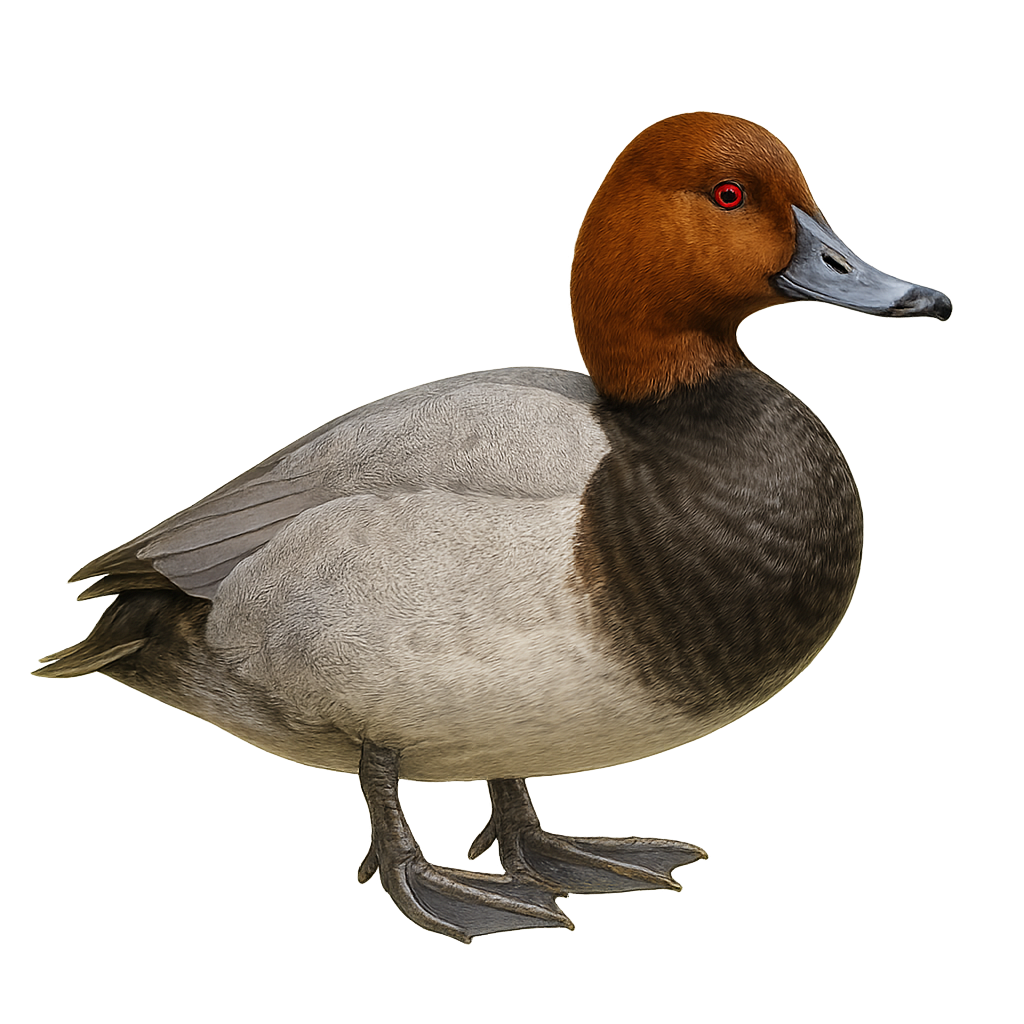Your wildlife photography guide.
Explore the redhead in detail, study its behavior, prepare your shots.
Where to observe and photograph the redhead in the wild
Learn where and when to spot the redhead in the wild, how to identify the species based on distinctive features, and what natural environments it inhabits. The WildlifePhotographer app offers tailored photography tips that reflect the redhead’s behavior, helping you capture better wildlife images. Explore the full species profile for key information including description, habitat, active periods, and approach techniques.
Redhead
Scientific name: Aythya americana

IUCN Status: Least Concern
Family: ANATIDAE
Group: Birds
Sensitivity to human approach: Suspicious
Minimum approach distance: 20 m
Courtship display: April to June
Incubation: 24-28 jours
Hatchings: May to July
Habitat:
Lakes, ponds, marshes
Activity period :
Primarily active during the day, with peak activity in the morning and late afternoon.
Identification and description:
The Redhead is a medium-sized diving duck, easily identified by its reddish head, pale blue bill, and gray body. Males have a bright red head, gray back, and white belly, while females are duller with a brownish head and gray-brown body. They inhabit lakes, ponds, and marshes, favoring shallow freshwater. Their diet mainly consists of aquatic plants, seeds, and insects. During breeding season, they often nest in wet meadows or lake islands. Their flight is fast and direct, and they are often seen in large flocks during migration.
Recommended lens:
400mm – adjust based on distance, desired framing (portrait or habitat), and approach conditions.
Photography tips:
To photograph the Redhead, opt for early mornings or late afternoons to take advantage of soft lighting. Use a 400mm or longer telephoto lens to capture details without disturbing the bird. Stay discreet and wait near water bodies where they feed. A tripod can be helpful to stabilize your camera and achieve sharp images. Pay attention to group behaviors, especially during formation flights.
The WildlifePhotographer App is coming soon!
Be the first to explore the best nature spots, track rutting seasons, log your observations, and observe more wildlife.
Already 1 430 wildlife lovers subscribed worldwide

